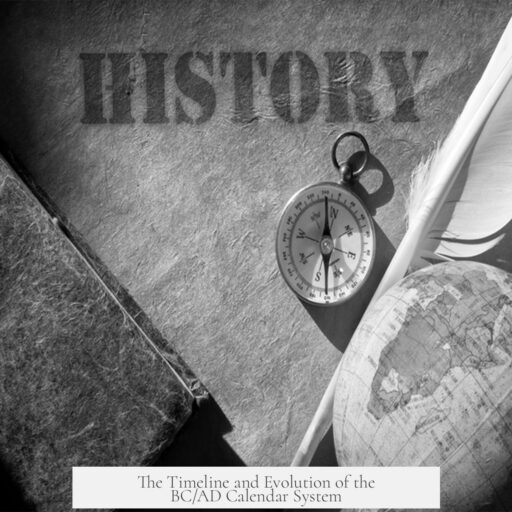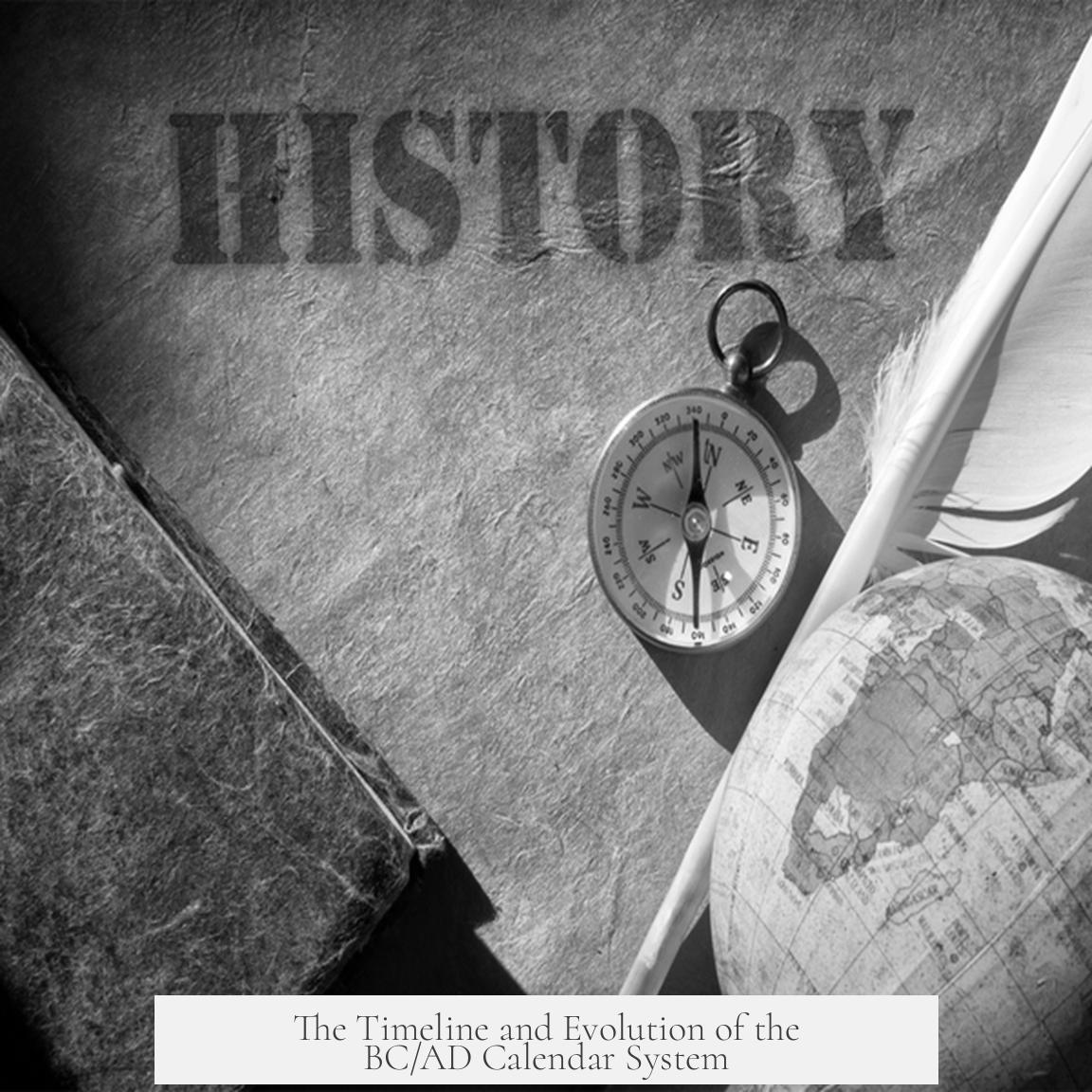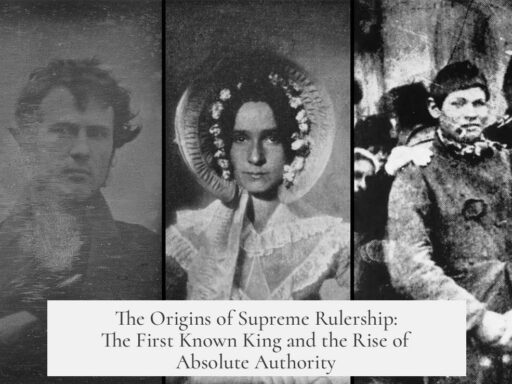The BC/AD calendar system truly comes into effect gradually from the 6th century CE onward, particularly gaining widespread use from the 8th century through historians like Alcuin. The Anno Domini (AD) system itself begins with Dionysius Exiguus in 525 CE, while BC (Before Christ) dates were applied later as the system matured.

This distinction clarifies that the BC/AD notation is a calendar era system rather than a calendar itself. Calendars, such as the Julian or Gregorian, manage days and months, but calendar eras mark year numbers.
Though the Julian calendar started in 46 BCE and the Gregorian in 1582 CE, neither directly triggers BC/AD usage. Instead, early dating often relied on systems like regnal years (e.g., “Nero 14” in 67 CE) in the Roman Empire. The calendar and its year count varied widely by time and region.

Before the adoption of Anno Domini, no consistent year numbering based on Christ’s birth existed. The Christian era concept developed slowly. It draws partially on Hippolytos of Rome’s 3rd-century paschal tables, which dated Christ’s birth around 1 BCE, though this dating is now considered inaccurate.
Dionysius Exiguus created the Anno Domini system in 525 CE to determine the date of Easter. His work introduced the epoch that counts years from the estimated birth year of Jesus Christ.

Historians like Alcuin (8th century CE) helped popularize the AD system. Its acceptance grew gradually across Europe during the early medieval period, eventually becoming the dominant method for historical year reckoning.
- BC/AD is a calendar era, not a calendar itself.
- Dionysius Exiguus introduced Anno Domini in 525 CE.
- Full adoption spread around the 8th century CE onward.
- Early systems used regnal years and other eras.
- The Julian and Gregorian calendars do not define the BC/AD eras.
When Did the BC/AD Calendar System Really Come into Effect?

The BC/AD calendar system—known for counting years “Before Christ” (BC) and “Anno Domini” (AD, meaning “in the year of the Lord”)—did not just magically appear overnight. Instead, its adoption was a slow, twisty journey starting in the early 6th century but not becoming widespread until many centuries later.
Let’s unravel this fascinating timeline, looking beyond the simplistic idea that the calendar user community instantaneously switched on January 1 of some year. Spoiler: There’s a difference between the calendar itself and the era used to label the years.

Calendar ≠ Calendar Era: The Crucial Distinction
Often, people mix up the system used to measure days and months within a year and the method used to name the years themselves. These are two totally different concepts.

- The calendar manages days, weeks, and months. The Julian calendar, introduced by Julius Caesar in 46 BCE, and the Gregorian calendar, introduced in 1582 CE, are examples.
- The calendar era identifies which year it is — BC/AD or BCE/CE.
So, while Julius Caesar set the Julian calendar ticking in 46 BCE, it doesn’t mean the BC/AD era system was in use then. They’re like cousins, but not the same person.
The Wild West of Year Counting in Ancient Rome

In 67 CE, forget BC/AD for a moment. The Roman Empire hadn’t adopted it. Instead, they used the emperor’s regnal year to mark time — a practice where years were named for how long the emperor had ruled.
If you were in Rome in 67 CE, you’d hear the year called “Nero 14,” meaning the fourteenth year since Emperor Nero took power. That’s between 10 December 66 and 9 December 67. Different regions might’ve had subtle variations, but generally, the regnal year was the “official” year numbering.
Also, remember that the new year didn’t always start on January 1. For example:
- In early modern England, New Year’s Day was March 25.
- In Rome, during the principate, the year rolled over on December 10.
This flexibility highlights how messy ancient and medieval year counting could be.
Introducing Anno Domini: Dionysius Exiguus and His Big Idea
The seed for the BC/AD system was planted in 525 CE by a scholar named Dionysius Exiguus.
Dionysius was tasked with readying tables to calculate the dates of Easter, a tricky business requiring consistent year numbers. He proposed counting years from the birth of Jesus Christ, coining the term Anno Domini, Latin for “in the year of the Lord.”
Interestingly, the birth date he used was somewhat off. The basis was the paschal tables created earlier, around the early 200s CE, by Hippolytos of Rome. They calculated Christ’s birth as 1 BCE, but modern scholars generally agree Jesus was born a few years earlier.
Why Did BC/AD Take So Long to Catch On?
You might wonder: If the system was created in the 6th century, why wasn’t it immediately accepted everywhere? The answer lies in the fragmented nature of medieval Europe.
- Various regions clung to older systems like regnal years or local calendars.
- The Christian church’s influence, which championed the AD system, spread unevenly across Europe.
- Historians like Alcuin of York, in the 8th century, began fully adopting and promoting this system in their writings.
So, it was a **gradual shift**, not a sudden switch. Practically, BC/AD became the dominant era system in Europe by the end of the early medieval period, several centuries after Dionysius introduced it.
The BC Part Joins the Party Later
Dionysius Exiguus originally defined only the AD part—the years after Christ’s birth. The concept of counting the years before Christ, what we call BC, developed later. This helps fully bracket history around Christ’s supposed birth year, even if that date was off.
With that, scholars and historians could count years backward, creating a continuous timeline.
Why Does This Matter Today?
Understanding when and how BC/AD came into effect helps clear misconceptions. Many assume it has been around forever or was instantly adopted after Jesus’s time. The truth shows human history is wonderfully complex and full of twists.
If you’re digitizing historical records or reading medieval texts, remembering this timeline clarifies dating conventions.
Key Takeaways to Remember
- The calendar handles months and days; calendar era positions a year relative to events like Christ’s birth.
- The Julian calendar started in 46 BCE, but the BC/AD system began only in 525 CE.
- In ancient Rome, years were counted by emperors’ regnal years, not BC/AD.
- Dionysius Exiguus introduced AD in 525 CE, while BC labeling came afterward.
- The system fully spread across Europe only by the 8th century onward.
Still Curious? Here’s Food for Thought
What if Christ’s birth date was set more accurately today? Would historians go back and recalibrate all historical dates? How different would history look with other era systems? And why do so many cultures today still use their own calendars alongside these conventional systems?
One thing’s certain: The story of measuring time and naming years reveals just how human our history is—full of debates, errors, gradual improvements, and a quest for order in the chaos.




